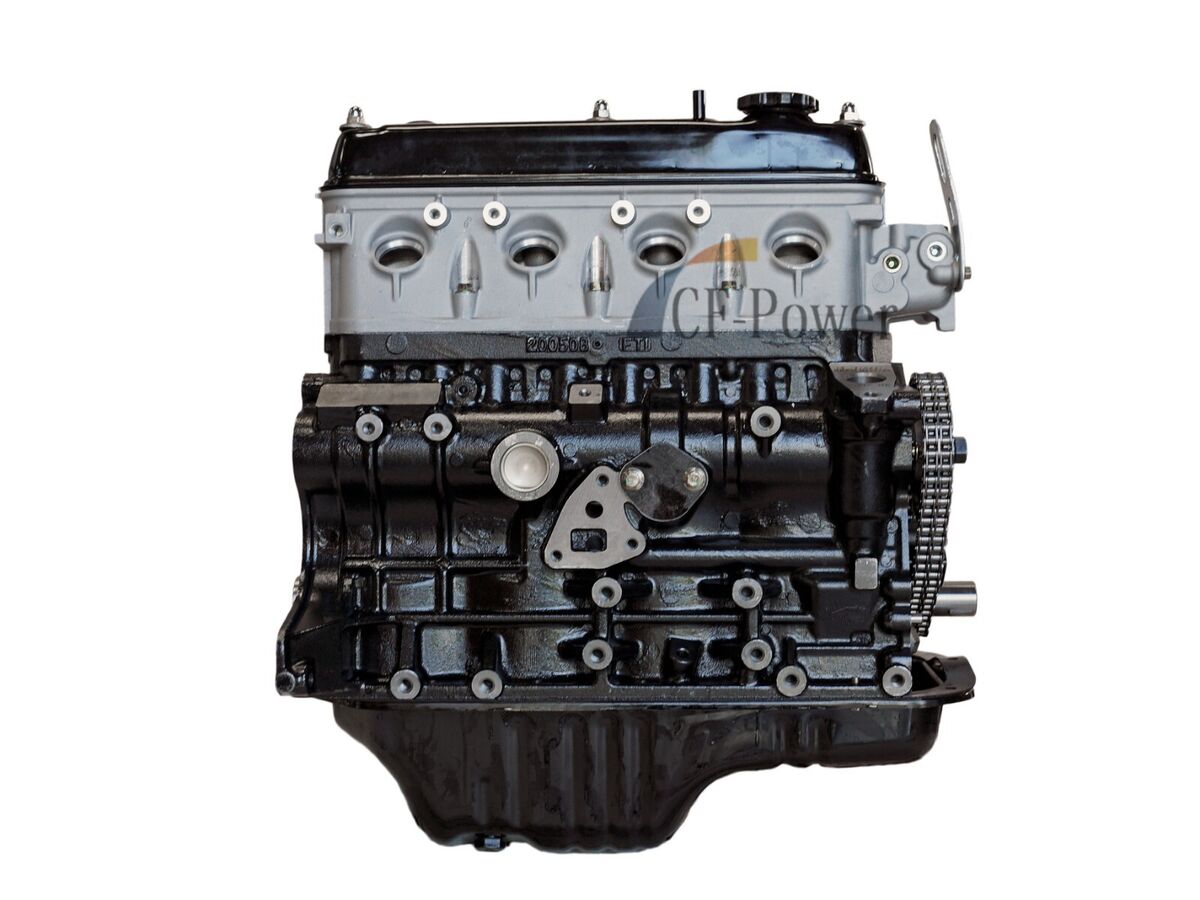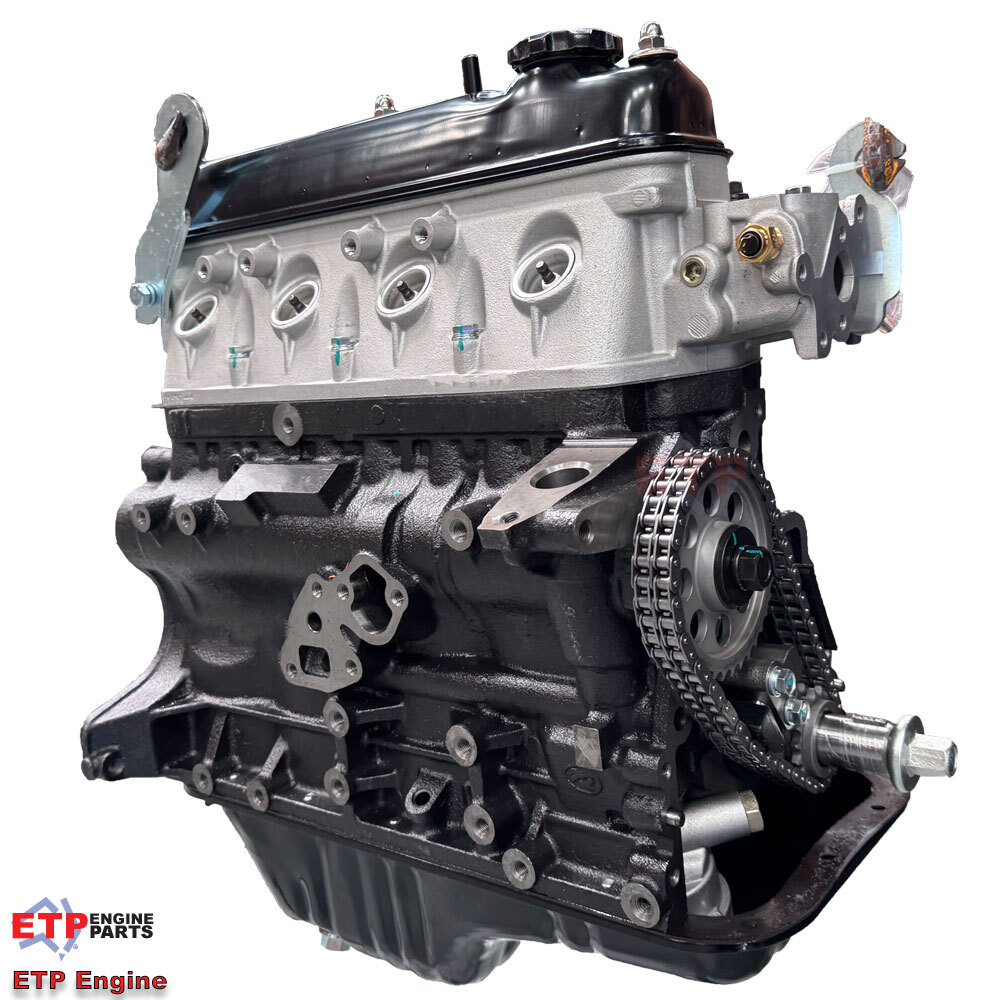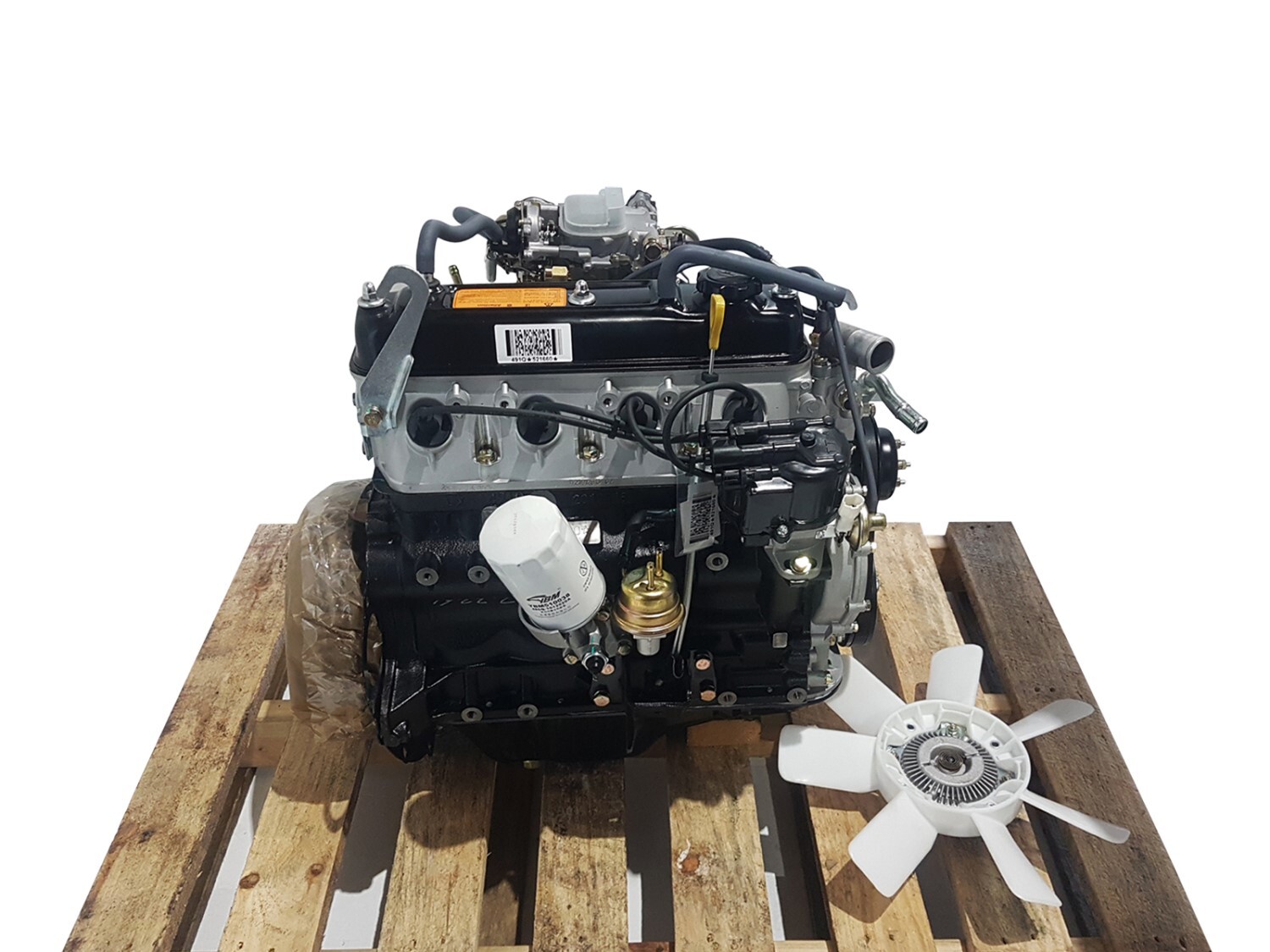Exploring the Various Sorts Of Engine: Which One Fits Your Requirements?
In the mission to figure out one of the most appropriate engine kind for your certain demands, it is critical to review the distinctive features and advantages of each alternative readily available. Inner burning engines proceed to control because of their dependability, while electric engines are acquiring traction for their sustainability. Hybrid engines offer a versatile concession, and diesel motor attract attention for their power in requiring applications. Furthermore, alternate fuel engines present cutting-edge remedies, albeit with particular constraints. Comprehending your concerns will be instrumental in this decision-making procedure, causing an exploration of factors that might affect your option.

Interior Combustion Engines
Interior combustion engines (ICEs) are the foundation of modern transport, powering a large array of lorries from automobiles to airplanes. These engines operate the principle of transforming fuel right into power through a series of regulated surges within a combustion chamber. The most usual sorts of ICEs consist of gasoline engines, diesel motor, and rotary engines, each created to meet certain efficiency and effectiveness demands.
Gasoline engines commonly use trigger ignition, while diesel engines rely upon compression ignition, causing distinct distinctions in gas efficiency and power outcome (4y engine). Rotating engines, or Wankel engines, offer a small layout and smooth operation, however are much less commonly used in mainstream applications
ICEs have actually undertaken significant innovations in technology, including the introduction of turbocharging and gas injection systems, which improve total performance and performance. Despite their effectiveness renovations, ICEs face enhancing examination as a result of their environmental impact, especially relating to greenhouse gas exhausts. As the automotive industry develops, the future of ICEs stays a subject of debate, balancing performance, efficiency, and environmental considerations. They proceed to play a critical duty in global transport framework.
Electric Engines
As worries about environmental sustainability and fossil gas dependence grow, electric engines have actually arised as a compelling choice to inner combustion engines. These engines utilize electrical motors powered by batteries or fuel cells, providing a cleaner and more reliable means of propulsion.
One of the primary benefits of electric engines is their reduced exhausts. Unlike standard engines that shed fossil gas, electrical engines produce absolutely no tailpipe discharges, considerably decreasing air pollution and adding to enhanced public health. In addition, the effectiveness of electrical motors typically surpasses that of inner combustion engines, transforming a greater percentage of energy from the source of power into functional power for motion.
Electric engines are additionally significant for their silent operation, making them excellent for metropolitan settings. 4y engine. The simplicity of their layout results in fewer relocating parts, which can cause reduced maintenance prices and enhanced integrity over time
Nevertheless, obstacles stay, consisting of battery manufacturing effects, billing framework, and range restrictions. Regardless of these hurdles, the expanding financial investment in electric automobile modern technology and renewable resource resources points towards an encouraging future for electric engines, positioned to play a crucial role in the transition toward lasting transport.
Hybrid Engines
Blending the advantages of both traditional and electric interior burning engines, hybrid engines stand for a functional solution in the quest for effective and lasting transport. These engines combine a gas or diesel motor with an electrical motor, enabling improved read this fuel efficiency and reduced emissions compared to conventional cars.
Hybrid engines operate in several modes, utilizing the electric motor for low-speed driving and the internal combustion engine for higher speeds or when even more power is required. This vibrant procedure not just enhances fuel economy however likewise contributes pop over here to a smoother driving experience. Regenerative stopping is an additional critical feature, capturing power commonly shed throughout braking and redirecting it to recharge the battery.

As customers progressively prioritize eco-friendliness, crossbreed engines stand apart as a practical selection, providing a reliable balance of efficiency, effectiveness, and environmental obligation. This adaptability makes them ideal for urban travelling and long-distance travel alike.
Diesel Motor
Efficiency and power are characteristics of diesel engines, which have actually long been favored for their toughness and gas economic climate. These engines operate the principle of compression ignition, where air is pressed to a heat prior to gas is injected, sparking it without the need for stimulate plugs. This procedure enables diesel motor to achieve higher thermal performance compared to gas engines, converting into far better fuel mileage and reduced co2 discharges.
Diesel engines are particularly fit for heavy-duty applications such as trucks, buses, and industrial equipment, where torque and durability are critical. Their style usually includes stronger elements to stand up to the greater stress created throughout procedure, causing longer solution life and lowered upkeep prices.

Alternative Gas Engines
While diesel motor have long controlled the landscape of durable power sources, alternative gas engines are acquiring traction as sensible choices for a more lasting future. These engines use a variety of gas, such as compressed gas (CNG), propane, hydrogen, and ethanol, intending to minimize greenhouse gas emissions and dependence on nonrenewable fuel sources.
One substantial advantage of alternative gas engines is their potential to reduced carbon footprints. CNG engines release fewer contaminants contrasted to conventional diesel engines, making them ideal for urban transportation systems and fleets seeking to boost air quality. Ethanol, obtained from biomass, not just decreases exhausts but likewise sustains agricultural economic situations.
Hydrogen fuel cells represent a cutting-edge growth in this realm, using zero-emission power via a chain reaction between hydrogen and oxygen. Nevertheless, obstacles such as infrastructure advancement and manufacturing prices remain obstacles to extensive fostering - 4y engine.
Final Thought
In final thought, picking the appropriate engine type necessitates cautious consideration of details needs and preferences. Internal combustion engines provide dependability, while electric engines prioritize sustainability and decreased maintenance. Hybrid engines integrate the advantages of both, improving effectiveness, whereas diesel engines supply remarkable power and torque for durable applications. Alternate fuel engines present green alternatives, albeit with potential facilities difficulties. Ultimately, a detailed evaluation of driving routines and environmental values will facilitate an informed choice pertaining to engine choice.
Hybrid engines supply a functional compromise, and diesel engines stand out for their power in demanding applications. The most usual types of ICEs include fuel engines, diesel engines, and rotary engines, each designed to fulfill particular performance and performance requirements.
Unlike traditional engines that melt fossil fuels, electrical engines create zero tailpipe exhausts, substantially lowering air contamination and contributing to boosted public health and wellness.Hybrid engines run in several settings, utilizing the electrical motor for low-speed driving and the internal burning engine for higher rates or when even more power is needed. Crossbreed engines integrate the benefits of both, enhancing performance, whereas diesel engines offer premium power and torque for durable applications.
Comments on “The History and Evolution of the 4Y Engine in Automotive Engineering”